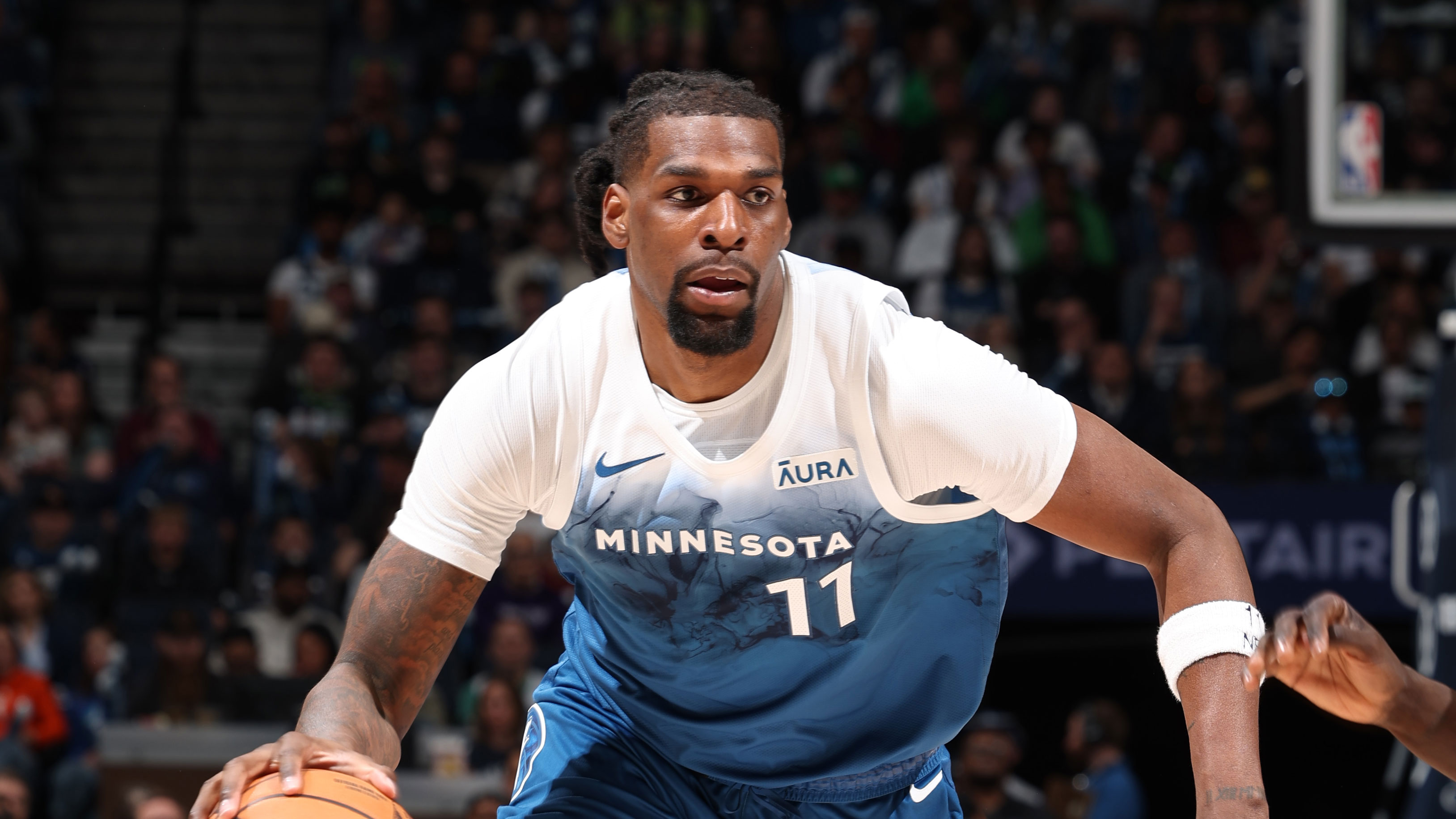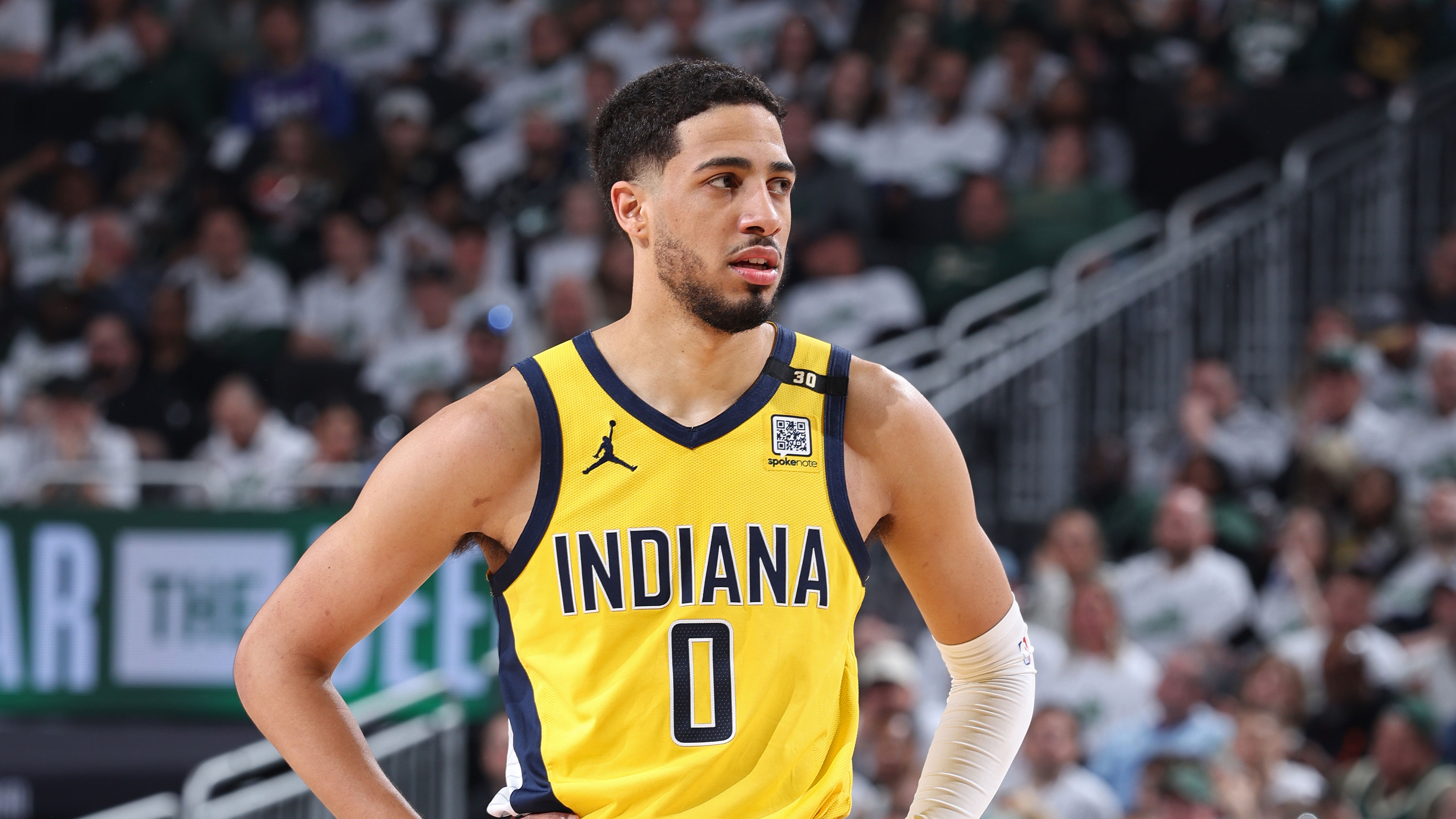As of Tuesday, Zach LaVine is 25.
He sounds very much like he did at 24.
“I just want to win,” he said.
Indeed, as LaVine’s game has grown in his sixth NBA season, the lack of success of his teams in Minnesota and Chicago continue to be a drag on his resume. To LaVine’s credit, changing those fortunes is where his focus remains. In fact, earning his first All-Star berth, which didn’t happen when the game came to Chicago last month, centered more on team than individual goals.
“Individual accolades come when you start winning,” LaVine said.
It’s not solely LaVine’s fault that his teams haven’t won, even as his advanced metrics continue to underwhelm. Still, as LaVine hits an age that typically signals the entering of one’s prime, legitimate questions remain as to whether the uber athletic guard can be a franchise centerpiece.
That LaVine is eligible for a contract extension this summer only makes that storyline juicier. That doesn’t mean the Bulls have to extend LaVine, whose maximum extension would be roughly four years and $165 million beginning in 2022-23.
NBA
But coming off a largely team-friendly deal that the Bulls matched once the Kings signed him to an offer sheet, LaVine likely will be looking to get paid.
LaVine is averaging career-highs in points, rebounds and steals per game while attempting 8.1 3-pointers per game. That’s 1.5 more than his previous career-high, and he’s still connecting at 38%, which is over his career 3-point percentage of 37.5.
But, now somehow nearly a six-year veteran, how does his resume stack up against his most direct peers? Here are traditional and advanced splits comparing LaVine to four wings of his age and relative to his league-wise acclaim:
Via Basketball Reference
LeVert stands out with going on four years of NBA experience under his belt (he entered at 22 after four years at Michigan), but as of this offseason, all four guys will be on their second contracts, and all but LaVine have made a playoff appearance. Wiggins and LaVine are on their second teams.
More crucial than assessing each player by these figures in their totality, is determining which direction they’re trending. Gary Harris, for example, leads the group in TS%, eFG% and offensive win shares — seemingly marking him as the most efficient and impactful offensive player of the bunch. But his parabolic path to those numbers, keyed in large part by an injury-plagued 2018-19, tells a story.
Via Basketball Reference
Though Harris’ defensive box plus/minus is a career-best 0.5 (he’s been positively impactful on that end most of his career) this year, 80.5% of his made field goals have been assisted, and his own 9.1% assist rate is paltry through 55 games — he’s a set-up-dependent shooter/scorer averaging career-lows in attempts, usage, counting stats and efficiency across the board just ahead of his prime. Even given his defensive prowess, that’s ominous.
LeVert, meanwhile, has spent his fourth season — the season before the three-year, $52 million extension he inked last offseason kicks in — ratcheting up his volume (28.9% usage) and raw averages (points, assists, rebounds) at the relative expense of efficiency; his TS%, eFG% and 3PAr have all dipped for the fourth straight campaign, and though a career 2% steal rate is indicative of a pesky defender, he’s hardly an impact guy on that end at this point. But things considered, he’s in good shape as far as ‘Year Fours’ go, especially coming off a brutal spate of injuries over the past year and a half.
Context is also key for Wiggins, who — like LaVine — garnered the reputation of an empty-calorie player early in his career. Wiggins has been the most durable of the four, already logging over 5,000 minutes more than LaVine and Harris in the same period of time without sustaining either a major injury or injury-riddled season (something none of the other three can boast).
Wiggins’ career high in win shares (4.2) came in his third year and TS% (54.3) came in his second, but his steadily improving 3PAr (.339 in 2019-20) has led to him posting his highest eFG (50.2%, still not phenomenal) in this, his sixth, season. Career-bests in steal rate (2.1%) and block rate (4.1%) in a small sample since being traded to Golden State leave visions of a feisty, uber-athletic Harrison Barnes next season when Steph Curry and Klay Thompson return. But overall, he’s underwhelmed in most metrics outside of raw scoring and playing time totals since entering the league (and especially since signing his current five-year, $148 million contract). Even if he thrives with the Dubs, it won’t be as the centerpiece.
In reality, LaVine is as safe a bet as any of this bunch for sustained success, if only because he’s come the closest to steadily bumping his volume while maintaining or improving efficiency as a scorer every year he’s been in the league. The one blip came between 2016-17 and 2017-18, when he played 71 combined games over two seasons after tearing his ACL (and being traded to the Bulls).
| Season | USG Rate | TS% | eFG% | Win Shares | Box Plus/Minus |
| 2014-15 | 22% | .515 | .465 | -0.7 | -4.6 |
| 2015-16 | 23.5% | .548 | .516 | 2.6 | -1.5 |
| 2016-17* | 21.7% | .576 | .544 | 3.0 | 0.1 |
| 2017-18** | 29.5% | .499 | .442 | 0.3 | -2.3 |
| 2018-19 | 30.5% | .574 | .520 | 2.8 | 0.8 |
| 2019-20 | 31.7% | .568 | .526 | 4.0 | 2.5 |
Via Basketball Reference
*47 games played
**24 games played
His playmaking and defense are the areas to watch for improvement. Of 30-plus percent usage guards in the NBA this season, LaVine’s assist-to-turnover ratio ranks last and — though a tad noisey — the Bulls’ defense has been 10.1 points per 100 possessions stingier with him off the floor (the fact that he’s posted a career-best defensive box plus/minus of… -0.8 this year should be telling).
But the thing LaVine is best at — scoring the basketball at all three levels — he does better than any individual skill of the other three, even in spite of circumstance. And he’s on an upward trajectory. According to ESPN’s Real Plus/Minus leaderboards, LaVine’s been a top-20 offensive player this season, a welcomed trend now coming up on two years removed from returning from his ACL tear.
Still, he has yet to be named an All-Star, though he’s been in the conversation the last two seasons. LaVine-led teams have also never finished better than 20 games under .500. With another candle on his metaphorical cake, time is ticking for him to take the next step.
“I want to be in that elite group conversation,” LaVine said. “I work extremely hard. The more we win, I think I’ll be more recognizable. I think I’m on the right path.”
Click here to download the new MyTeams App by NBC Sports! Receive comprehensive coverage of your teams and stream the Bulls easily on your device.





